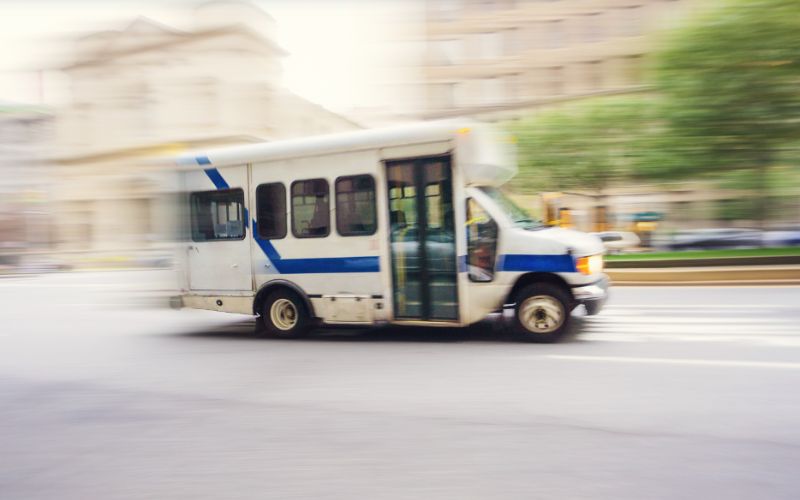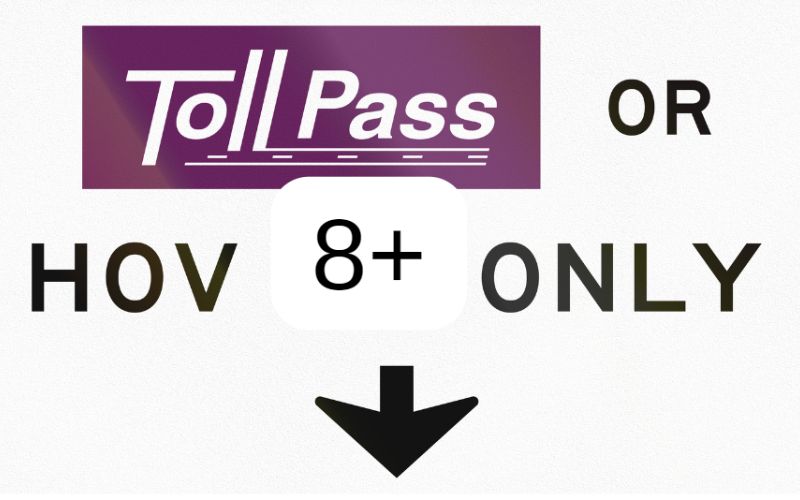11 low-cost, low impact solutions were not adequately considered by UDOT and should be implemented before investing taxpayer’s money on expensive and permanent infrastructure.
Restore historic UTA routes to 87 buses/day: Winter 23/24 saw merely 23 buses per day compared with 87 in prior years. When demand requires, add more buses and include express buses to both Alta and Snowbird. All of this will encourage ridership, facilitating faster transit with no need to visit each resort’s parking areas, leading to a smoother, more efficient ride. Purchase new electric buses for peak demand and better air quality.

Enforce Existing Traction Laws: When “severe winter weather conditions” exist, UDOT should staff law enforcement officers at the mouth of the canyon to refuse entry to vehicles not properly equipped with traction control devices, including chains, 3 peak mountain snowflake tires, and 4-wheel or all-wheel drive.

Pass New Traction Law: Legislation should require traction devices either kept in or installed on a vehicle at all times on mountainous highways during the winter seasons, November through April. This way, when severe winter weather driving conditions develop even suddenly and unexpectedly, ill-equipped vehicles will not be driving the canyons leading to safety/congestion issues. Pre-approved stickers could be provided for properly equipped vehicles, lowering enforcement costs and traffic delays.

Incentivize Carpooling: Encouraging more people to ride together would reduce the number of vehicles on the roadway. Carpooling can be incentivized with preferential treatment for cars with more than 1 passengers. For example, these cars can be given preferential parking spaces and reservations, and reduced toll and parking fees. Alta Ski Area implemented some of this before. Resorts can offer a rideshare app. Conversely, travel restrictions of single-occupancy vehicles during peak hours could be employed.

Prevent Unsafe U-turns: U-turns from roadside parking areas should be prohibited for safety and traffic flow. Drivers parked alongside the roadway should continue uphill until they reach a parking area before turning proceeding downhill. Median devices may be necessary to encourage such flow. Clear signs should be displayed and officers should be staffed to enforce the rules.

Improve Merging: Control the cars leaving ski resorts parking lots entering SR210 is needed to reduce car being stuck on SR210 above the parking lot up canyon. Traffic light can be installed to regulate the flow of vehicles coming from parking lots during peak hours where vehicles depart the top of the canyon.

Build Up-Canyon Snow Plow Parking: Expedite snow removal by providing new parking spaces up-canyon for UDOT snow plows to expedite slow snow removal, insead of waiting for snow plows to travel up from the valley to the canyon.

Augment with Private Shuttle: By contracting with private operators for shuttles and drivers only during specific peak days (around 30 – 40 days), UTA can reduce the size of its fleet, thereby lowering bus maintenance costs. Costs can further be reduced and service quality improved by deploying smaller, 14-seats shuttles.

Implement Permit Parking Programs: Managing peak-hour traffic with reserved permit parking hours/days, secures a parking space, reduces traffic congestion on the roadway even in former peak periods as is evident at three of the four Cottonwood Canyon resorts where permit parking is in place. Encourage Snowbird to adopt a similar, permit/reservation system for peak periods.

Stagger Operating Hours for Ski Resorts: Currently, Alta and Snowbird Ski Resorts open and close at similar times. Congestion occurs during these hours when skiers arrive and leave at similar times. Following the example of Big Cottonwood Canyon, the two resorts can consider staggering their hours, for example, can Alta open earlier, 8 AM and close at 4 PM and Snowbird open at 9AM and close at 5PM?

Incentivize High Occupancy Vehicles (HOV): HOV with at least 8 passengers can be incentivized by having priority to travel on the highway during certain peak period days/hours.

Copyright © 2024 Canyon Guard. All Rights Reserved. Website By Web Brilliant.